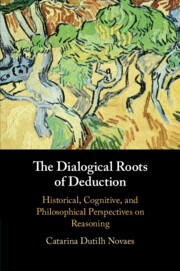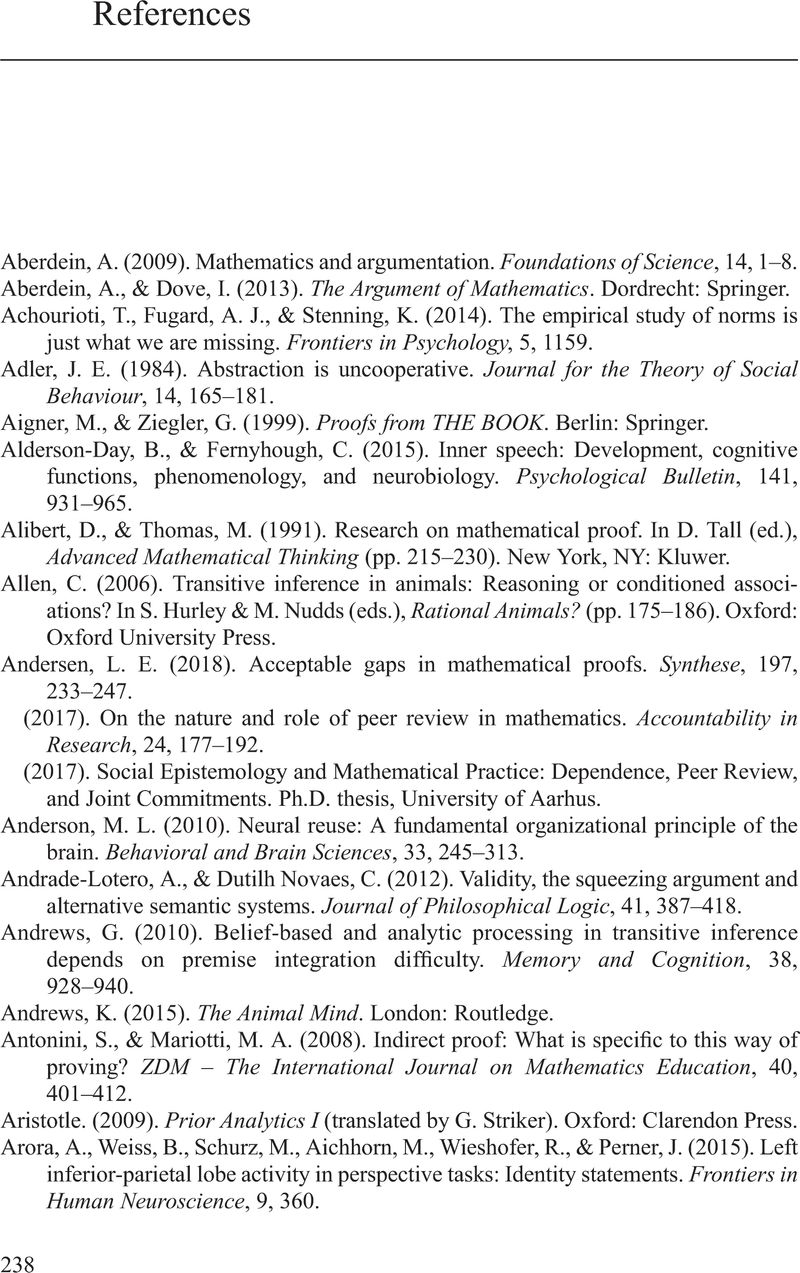 The Dialogical Roots of Deduction
The Dialogical Roots of Deduction References
Published online by Cambridge University Press: 10 December 2020
Summary

- Type
- Chapter
- Information
- The Dialogical Roots of DeductionHistorical, Cognitive, and Philosophical Perspectives on Reasoning, pp. 238 - 260Publisher: Cambridge University PressPrint publication year: 2020


